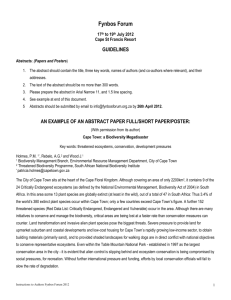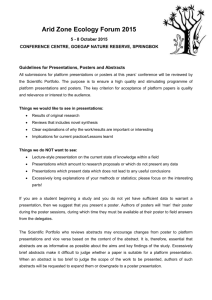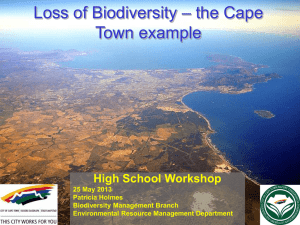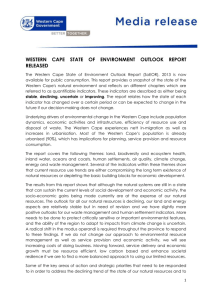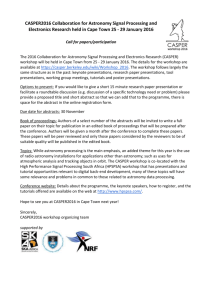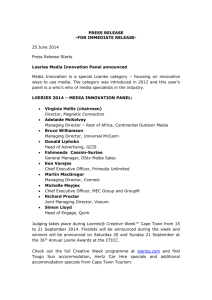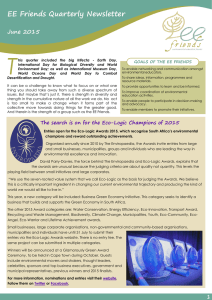guidelines abstracts 2014 forum
advertisement
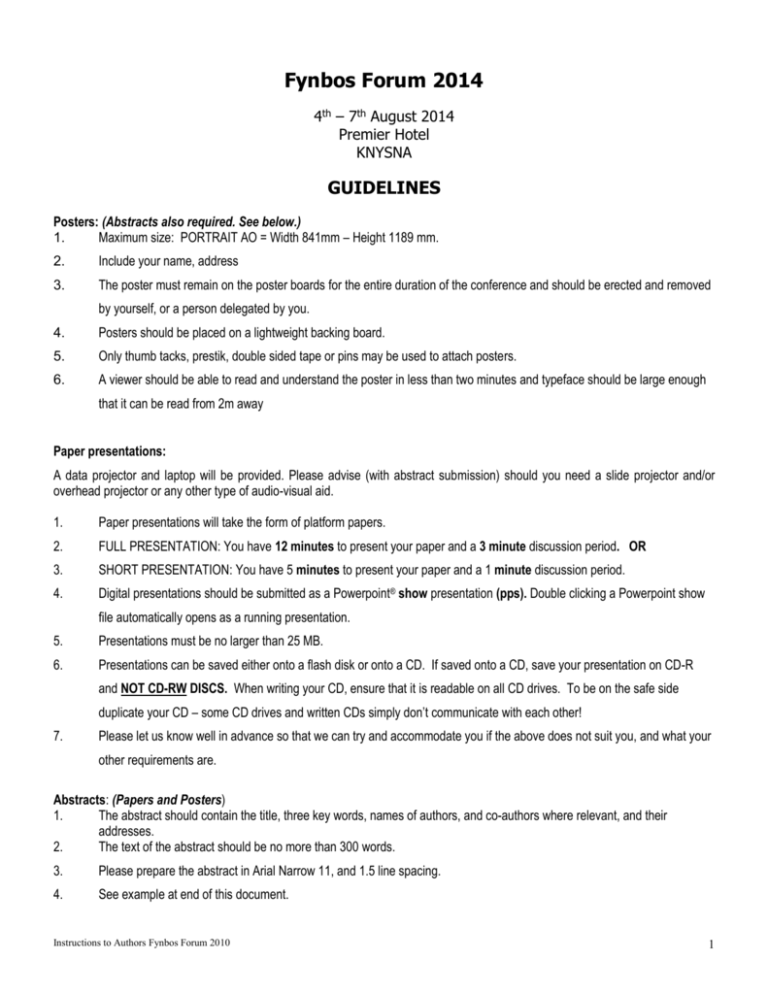
Fynbos Forum 2014 4th – 7th August 2014 Premier Hotel KNYSNA GUIDELINES Posters: (Abstracts also required. See below.) 1. Maximum size: PORTRAIT AO = Width 841mm – Height 1189 mm. 2. Include your name, address 3. The poster must remain on the poster boards for the entire duration of the conference and should be erected and removed by yourself, or a person delegated by you. 4. Posters should be placed on a lightweight backing board. 5. Only thumb tacks, prestik, double sided tape or pins may be used to attach posters. 6. A viewer should be able to read and understand the poster in less than two minutes and typeface should be large enough that it can be read from 2m away Paper presentations: A data projector and laptop will be provided. Please advise (with abstract submission) should you need a slide projector and/or overhead projector or any other type of audio-visual aid. 1. Paper presentations will take the form of platform papers. 2. FULL PRESENTATION: You have 12 minutes to present your paper and a 3 minute discussion period. OR 3. SHORT PRESENTATION: You have 5 minutes to present your paper and a 1 minute discussion period. 4. Digital presentations should be submitted as a Powerpoint® show presentation (pps). Double clicking a Powerpoint show file automatically opens as a running presentation. 5. Presentations must be no larger than 25 MB. 6. Presentations can be saved either onto a flash disk or onto a CD. If saved onto a CD, save your presentation on CD-R and NOT CD-RW DISCS. When writing your CD, ensure that it is readable on all CD drives. To be on the safe side duplicate your CD – some CD drives and written CDs simply don’t communicate with each other! 7. Please let us know well in advance so that we can try and accommodate you if the above does not suit you, and what your other requirements are. Abstracts: (Papers and Posters) 1. The abstract should contain the title, three key words, names of authors, and co-authors where relevant, and their addresses. 2. The text of the abstract should be no more than 300 words. 3. Please prepare the abstract in Arial Narrow 11, and 1.5 line spacing. 4. See example at end of this document. Instructions to Authors Fynbos Forum 2010 1 5. Abstracts should be submitted by email to fynbosforum2014@gmail.com by 4th June 2014. 6. Delegates are requested to clearly indicate whether they wish to apply to present a long paper or short paper or poster. AN EXAMPLE OF AN ABSTRACT (With permission from its author) PAPER FULL / SHORT PAPER / POSTER: Cape Town: a Biodiversity Megadisaster Key words: threatened ecosystems, conservation, development pressures Holmes, P.M. 1*, Rebelo, A.G.2 and Wood J.1 1 Biodiversity Management Branch, Environmental Resource Management Department, City of Cape Town 2 Threatened Biodiversity Programme, South African National Biodiversity Institute * patricia.holmes@capetown.gov.za The City of Cape Town sits at the heart of the Cape Floral Kingdom. Although covering an area of only 2200km2, it contains 9 of the 24 Critically Endangered ecosystems (as defined by the National Environmental Management, Biodiversity Act of 2004) in South Africa. In this area some 13 plant species are globally extinct (at least in the wild), out of a total of 47 in South Africa: Thus 3.4% of the world’s 380 extinct plant species occur within Cape Town; only a few countries exceed Cape Town’s figure. A further 152 threatened species (Red Data List: Critically Endangered, Endangered and Vulnerable) occur in the area. Although there are many initiatives to conserve and manage the biodiversity, critical areas are being lost at a faster rate than conservation measures can counter. Land transformation and invasive alien plant species pose the biggest threats. Severe pressure to provide land for upmarket suburban and coastal developments and low-cost housing for Cape Town’s rapidly growing low-income sector, to obtain building materials (primarily sand), and to provided shaded landscapes for walking dogs are in direct conflict with national objectives to conserve representative ecosystems. Even within the Table Mountain National Park - established in 1997 as the largest conservation area in the city - it is evident that alien control is slipping behind and ecosystem conservation is being compromised by social pressures, for recreation. Without further international pressure and funding, efforts by local conservation officials will fail to slow the rate of degradation. Good Luck and we look forward to your presentations. Instructions to Authors Fynbos Forum 2010 2
